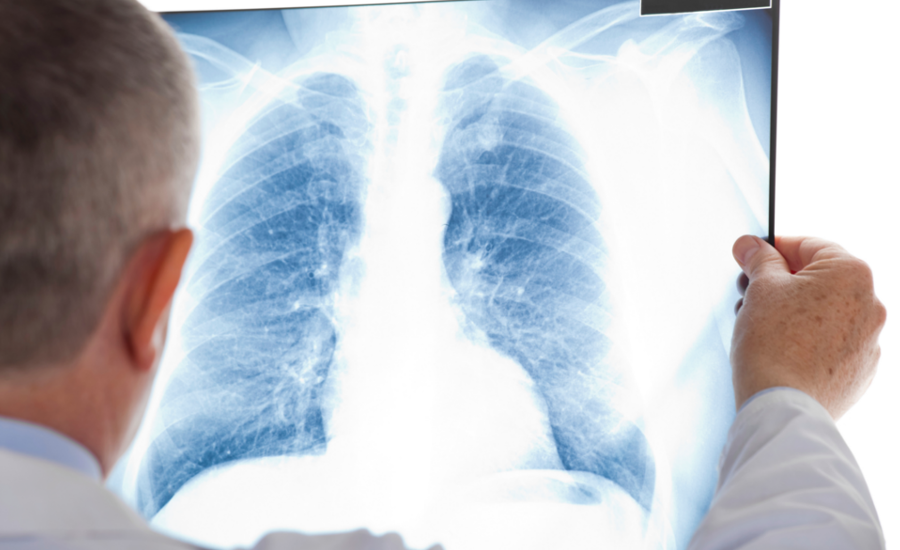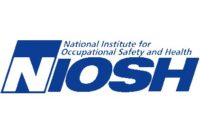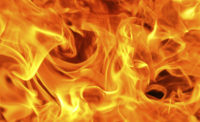Cleaning and disinfecting products are complex mixtures of chemicals that can irritate the skin. Evidence also shows that exposure to these products may increase the risk of work-related asthma among healthcare workers. But the effects of specific chemicals remain unclear. Now, a NIOSH study published in the journal Annals of Work Exposures and Health has added to our understanding by linking products and tasks to specific exposures.
In work-related asthma, symptoms such as wheezing, coughing, chest tightness, and shortness of breath occur from exposure to substances found in the workplace. To identify these exposures in a healthcare setting, investigators measured air levels of 14 chemicals commonly present in cleaners and disinfectants. Known as volatile organic compounds, or VOCs, these chemicals evaporate at room temperature, becoming airborne, and may potentially cause or worsen asthma if breathed in.
First, the investigators took 143 pairs of air samples. Each pair included one sample from study participants’ personal breathing zone and one from areas where they performed various cleaning and disinfecting tasks. They then used statistical methods to group the workers by cleaning task and products used into eight clusters across different occupations and departments.
Results showed that healthcare workers faced exposure to numerous chemicals, and that exposure to specific chemicals varied by task and product. For example, exposure to two chemicals (chloroform and α-pinene) occurred at higher levels during patient and other cleaning tasks when healthcare workers used products that contained chlorine. Exposure to two other chemicals (d-limonene and 2-propanol) was significantly higher during tasks that involved sterilizing and disinfecting medical instruments. One task—surface and floor cleaning, and floor stripping—exposed workers, employed primarily as housekeepers and floor strippers or waxers, to as many as five different measured air-borne chemicals. Based on the ingredients of cleaning and disinfecting products, healthcare workers are potentially exposed to many more chemicals than the ones measured in this study.
The study also found differences in exposure by occupation. Nursing assistants, clinical laboratory technicians and licensed practical nurses had higher personal exposures to more than half of the chemicals measured compared to other occupations. Some exposures were specific to occupations, for example, dental assistants had the highest levels of methyl-methacrylate exposure among all occupations.
Study participants comprised 100 healthcare workers at four U.S. Veterans Affairs hospitals and teaching hospitals. They represented 14 occupations: clinical laboratory technician, nursing assistant, dental assistant, dental laboratory technician, endoscopy technician, floor stripper or waxer, housekeeper, licensed practical nurse, medical appliance technician, medical equipment preparer, pharmacist or pharmacy technician, registered nurse, respiratory therapist, and surgical technologist.
The study’s findings underscore the need for additional research on specific cleaning and disinfecting products in different settings and tasks within a hospital. Next, the investigators plan to use these findings to link actual symptoms of work-related asthma to specific exposures, tasks and cleaning and disinfecting products.







.jpg?t=1721257160)

